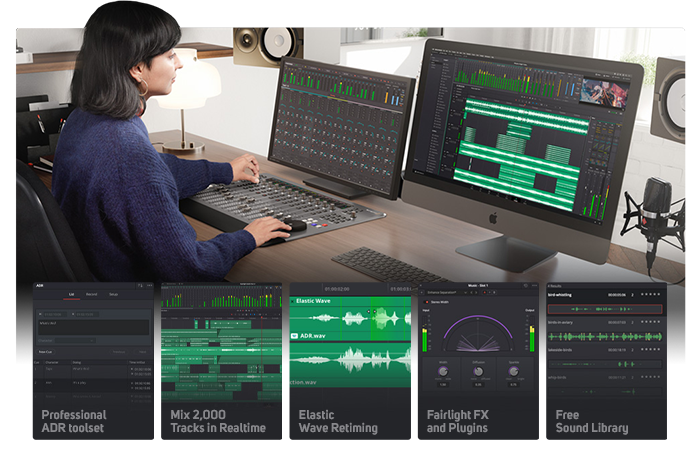
If your tracked area is getting occluded, you have two options. In case of such conflicting data, the “Point” tracker may run more stable. Strong highlights, objects that pass through, or reflections can literally throw the tracker off track. The downside is that this method always considers the whole area and cannot discard false information.


This option can still work well if there are only a few high contrast points available to track. Typically, “Hybrid Point/Area” is more accurate, but not always. The planar tracker has two Tracker types: “Point” and “Hybrid Point/Area”. Good trackable contrast often lies outside of the area of your final composite. But, the two areas do not need to be identical. This area needs to be in the same flat plane where you want to work on for your final effect. It allows you to track even surfaces and you can corner-pin effects on top of them.Īfter adding the Planar Tracker node, you first select the area of interest with a Polygon. The Fusion planar tracker is a simple and capable tracking tool in DaVinci Resolve.


 0 kommentar(er)
0 kommentar(er)
